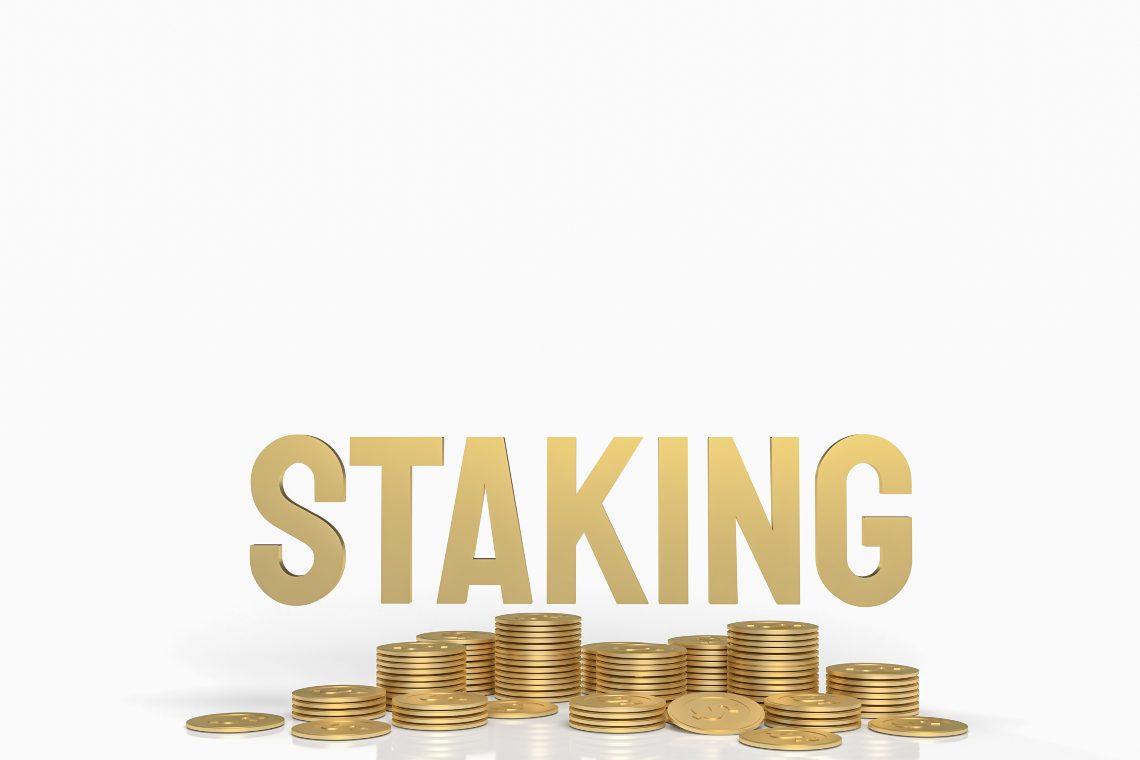Passive income in the form of staking is a great way for retail investors to increase their crypto holdings, especially during sideways and bearish markets like the one we have experienced over the past few months.
Here’s a great quote by Robert Kiyosaki, the author of “Rich Dad Poor Dad”:
“The key to financial freedom and great wealth is a person’s ability or skill to convert earned income into passive income and/or portfolio income”.
Back in February 2021, I wrote a piece entitled “The crypto story of a retail investor”, in which I detailed my journey in this nascent space, and in the section “Other earning strategies” I made an overview of some of the ways I passively keep accumulating cryptocurrencies.
I already covered yield farming here, whereas now I’ll talk about staking.
What is staking?
The staking system is a key component of blockchains that use the Proof of Stake (PoS) consensus mechanism. Think of it as analogous to the mining of Proof of Work (PoW) blockchains like Bitcoin or Ethereum, but minus the unsustainable electricity use and the electronic waste from exhausted hardware like CPUs, GPUs and ASICs.
I’ll use Cardano as an example as it is one of the most capitalized PoS blockchains and also part of my passive income strategy. Instead of investing money in mining hardware, in the Cardano ecosystem investors buy the native cryptocurrency ADA and can either set up their own stake pool or delegate their funds to one of the over 2000 stake pools currently running the Cardano network.
Setting up a stake pool and finding enough delegators to start producing blocks is quite a feat, hence I recommend looking for a Stake Pool Operator (SPO) that you like and delegate to them.
To facilitate this process I’ve started the Cardano SPO Column here on The Cryptonomist. One recent guest was the mission-driven Bio Pool [BIO], which offers all delegators a way in which they can support environmental projects without affecting staking rewards.
The expected rewards are around 5% APY and are paid out every Epoch on the Cardano network, which corresponds to 5 days. It’s worth noting that rewards do compound, which means you are earning also on the rewards already received.
I’ve been staking on the Cardano network since the Shelley Incentivized Testnet back at the beginning of 2020 and I’m pretty happy with the passive ADA I’ve earned, especially since ADA went from the $0.05 at the time, to the current $1.30. At the moment I’m delegating most of my funds to 3 pools that I also interviewed, namely: Ginger’s Pool [GINGR], MADinArt [MAD] & PsyADA [PSYA].
How to stake?
The first thing to do is to buy some ADA. This is quite easy as Cardano’s cryptocurrency is listed on many exchanges. I usually use Binance and Crypto.com, but also Coinbase is a safe option.
Some exchanges offer a staking service on their platform. However, like in the case of Celsius, that requires placing trust in the exchange. Moreover, staking on a centralized exchange doesn’t help the decentralization of the Cardano network.
The safest thing to do is to navigate to the official website and download the Yoroi wallet on your desired device. After creating a wallet and securely writing down your recovery phrase, send your ADA from the exchange to the wallet and open up the Delegate section. Here you can browse all the different stake pools or look for a specific one by typing the ticker.
What I recommend doing is looking for mission-driven stake pools which donate part of the revenue (without affecting delegators’ rewards) to charitable organizations, so you can have a passive income while also helping those in need.
The ADA rewards are very similar for all pools: around 5% APY as I mentioned above. Some stake pools also airdrop NFTs or other tokens to their delegators as an incentive.
It is important to note that when delegating and staking your funds, they never leave your wallet and you remain the only person with access to it, which is why staking from a proprietary hardware wallet like Ledger or Trezor is the safest thing you can possibly do.
The information above is solely for educational purposes and does not constitute financial advice. The crypto world is still a Wild West and there are many risks. Hacks, poorly written code and rugpulls are rampant. Assess your risk tolerance before making any kind of investment.
I wish you good luck!
The post Staking as a retail crypto investor appeared first on The Cryptonomist.




















